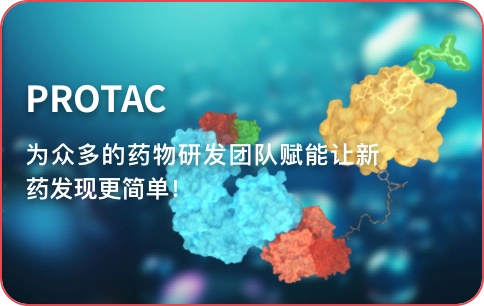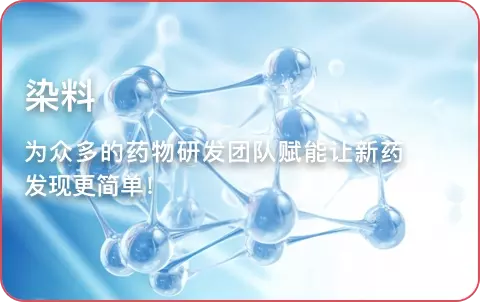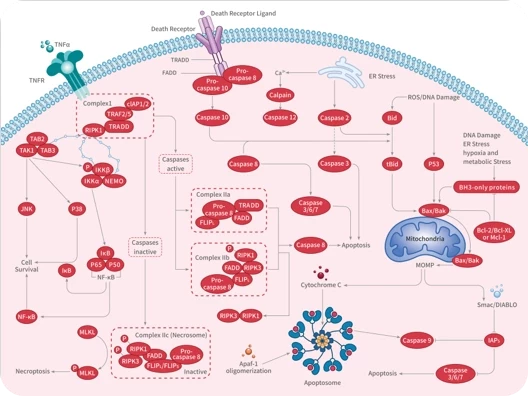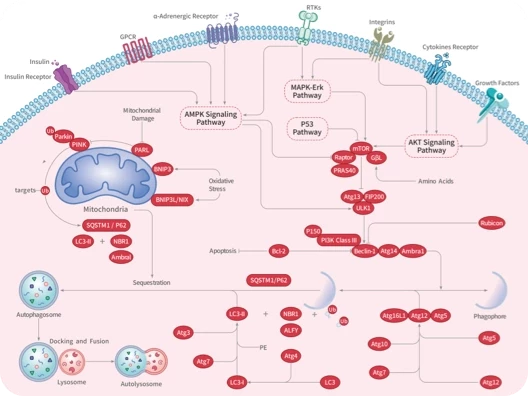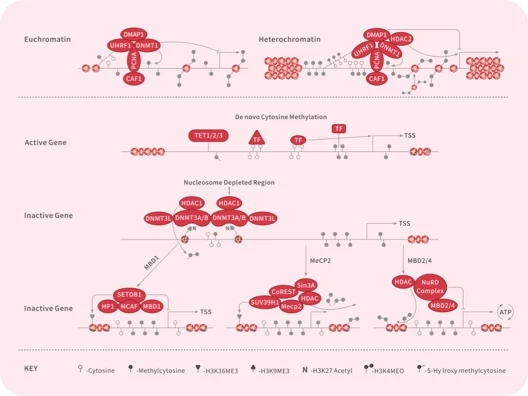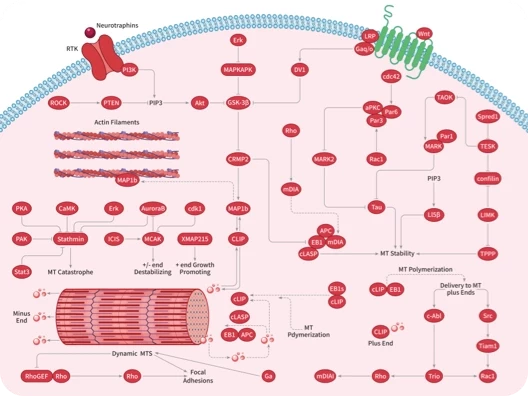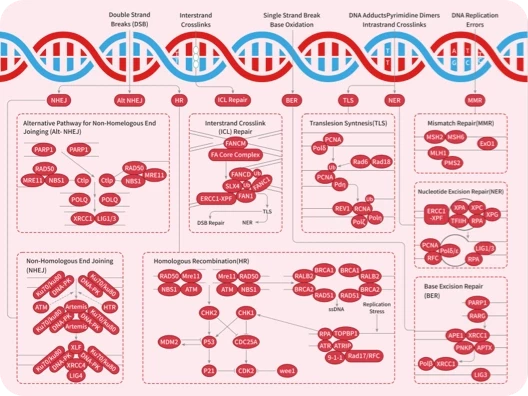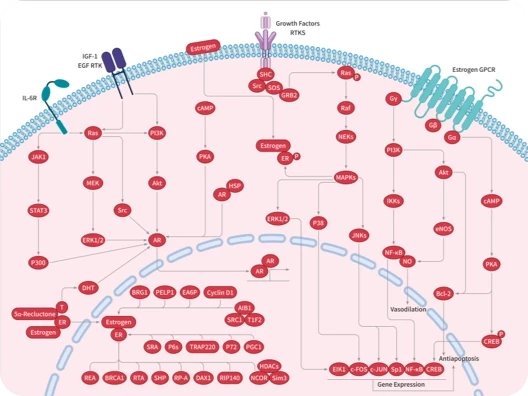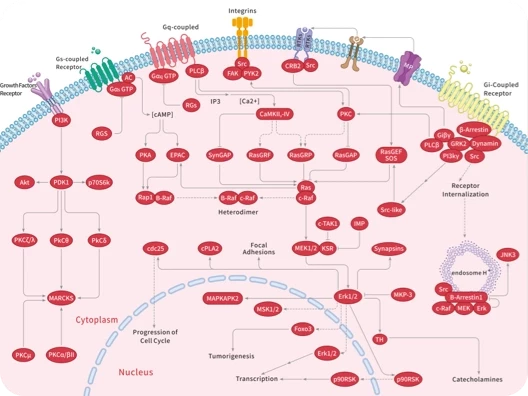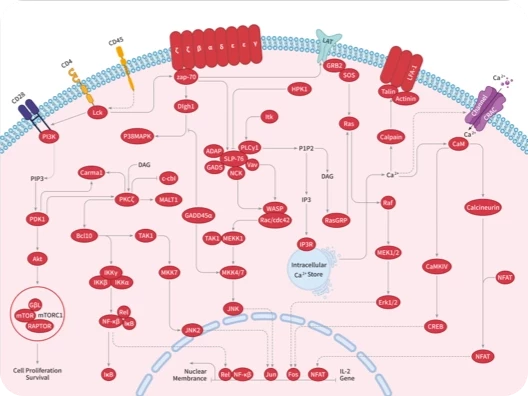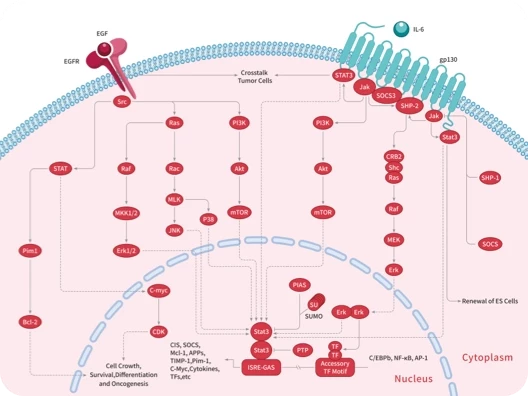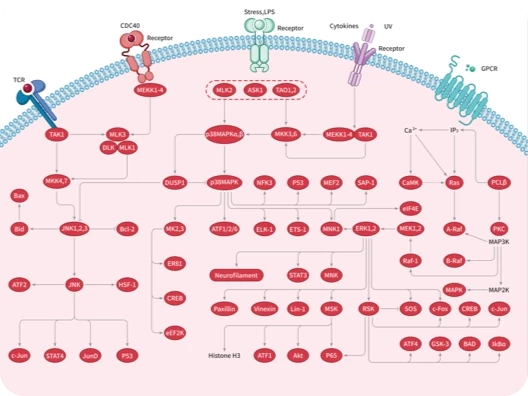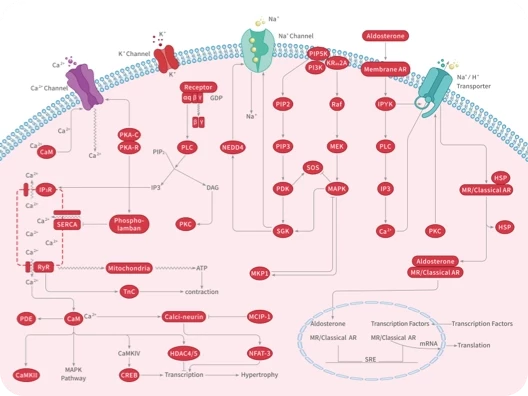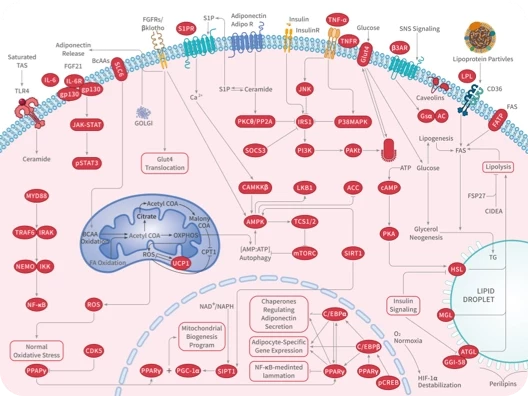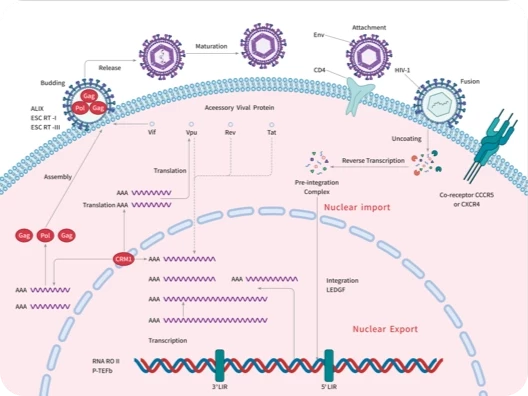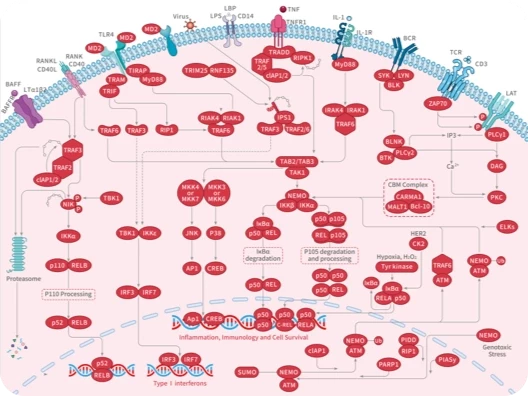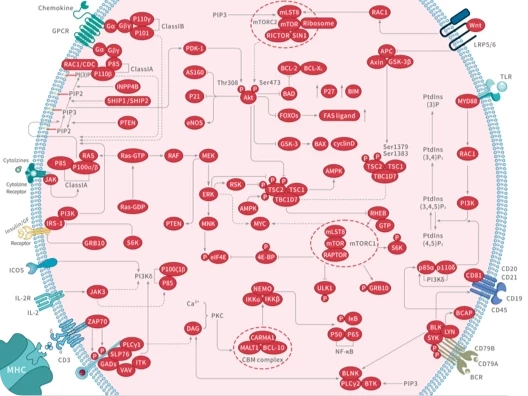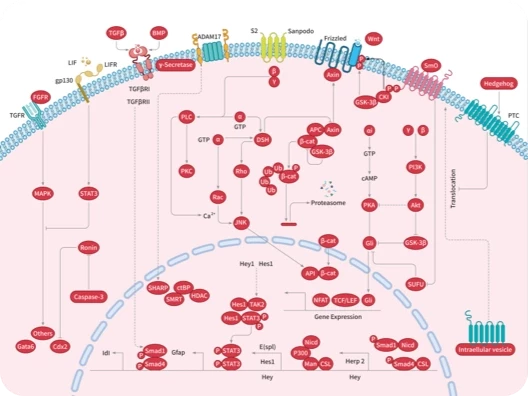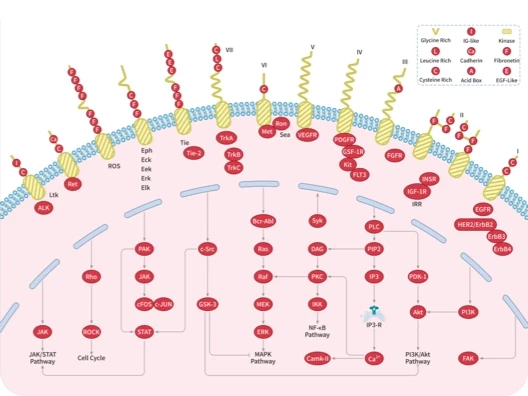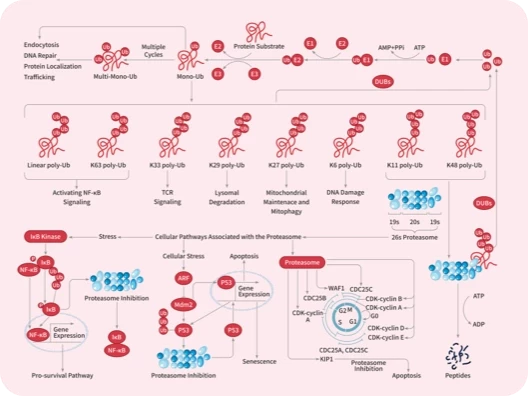- 全部删除
 您的购物车当前为空
您的购物车当前为空
Azurocidin/CAP37 Protein, Human, Recombinant (His)
Azurocidin (AZU1), also known as heparin-binding protein (HBP) or cationic antimicrobial protein 37 (CAP37), is an azurophil granule antibiotic protein, with monocyte chemotactic and antibacterial activity. The Azurophil granules, specialized lysosomes of the neutrophil, contain at least 10 proteins implicated in the killing of microorganisms. Azurocidin is a member of the serine protease family that includes Cathepsin G, neutrophil elastase (NE), and proteinase 3 (PR3), however, Azurocidin is not a serine proteinase since the active site serine and histidine residues are replaced. Neutrophils arriving first at sites of inflammation release Azurocidin, which acts in a paracrine fashion on endothelial cells causing the development of intercellular gaps and allowing leukocyte extravasation. It thus be regarded as a reasonable therapeutic target for a variety of inflammatory disease conditions.
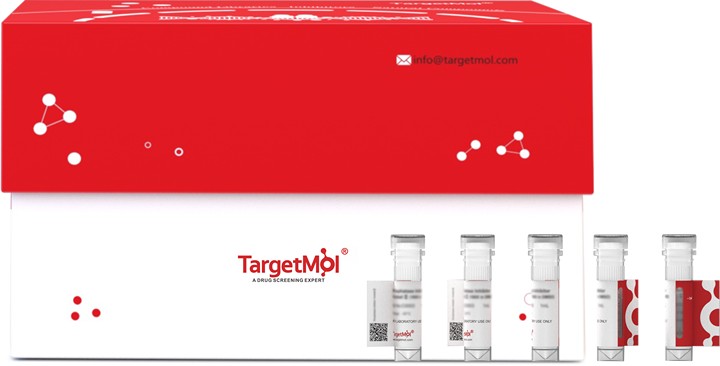
Azurocidin/CAP37 Protein, Human, Recombinant (His)
| 规格 | 价格 | 库存 | 数量 |
|---|---|---|---|
| 100 μg | ¥ 3,820 | In stock | |
| 200 μg | ¥ 6,530 | 5日内发货 | |
| 500 μg | ¥ 13,220 | 5日内发货 |
产品信息
| 生物活性 | Activity testing is in progress. It is theoretically active, but we cannot guarantee it. If you require protein activity, we recommend choosing the eukaryotic expression version first. |
| 产品描述 | Azurocidin (AZU1), also known as heparin-binding protein (HBP) or cationic antimicrobial protein 37 (CAP37), is an azurophil granule antibiotic protein, with monocyte chemotactic and antibacterial activity. The Azurophil granules, specialized lysosomes of the neutrophil, contain at least 10 proteins implicated in the killing of microorganisms. Azurocidin is a member of the serine protease family that includes Cathepsin G, neutrophil elastase (NE), and proteinase 3 (PR3), however, Azurocidin is not a serine proteinase since the active site serine and histidine residues are replaced. Neutrophils arriving first at sites of inflammation release Azurocidin, which acts in a paracrine fashion on endothelial cells causing the development of intercellular gaps and allowing leukocyte extravasation. It thus be regarded as a reasonable therapeutic target for a variety of inflammatory disease conditions. |
| 种属 | Human |
| 表达系统 | HEK293 Cells |
| 标签 | C-His |
| 蛋白编号 | P20160 |
| 别名 | NAZC,HUMAZUR,hHBP,HBP,CAP37,azurocidin 1,AZU1,AZU,AZAMP |
| 蛋白构建 | A DNA sequence encoding the human AZU1 (NP_001691.1) (Met 1-Pro 250) with a C-terminal polyhistidine tag was expressed. Predicted N terminal: Ile 27 |
| 蛋白纯度 | > 95 % as determined by SDS-PAGE  |
| 分子量 | 25.6 kDa (predicted); 37 kDa (reducing condition, due to glycosylation) |
| 内毒素 | < 1.0 EU/μg of the protein as determined by the LAL method. |
| 缓冲液 | Lyophilized from a solution filtered through a 0.22 μm filter, containing PBS, pH 7.4. Typically, a mixture containing 5% to 8% trehalose, mannitol, and 0.01% Tween 80 is incorporated as a protective agent before lyophilization. |
| 复溶方法 | A Certificate of Analysis (CoA) containing reconstitution instructions is included with the products. Please refer to the CoA for detailed information. |
| 存储 | It is recommended to store recombinant proteins at -20°C to -80°C for future use. Lyophilized powders can be stably stored for over 12 months, while liquid products can be stored for 6-12 months at -80°C. For reconstituted protein solutions, the solution can be stored at -20°C to -80°C for at least 3 months. Please avoid multiple freeze-thaw cycles and store products in aliquots. |
| 运输方式 | In general, Lyophilized powders are shipping with blue ice. |
| 研究背景 | Azurocidin (AZU1), also known as heparin-binding protein (HBP) or cationic antimicrobial protein 37 (CAP37), is an azurophil granule antibiotic protein, with monocyte chemotactic and antibacterial activity. The Azurophil granules, specialized lysosomes of the neutrophil, contain at least 10 proteins implicated in the killing of microorganisms. Azurocidin is a member of the serine protease family that includes Cathepsin G, neutrophil elastase (NE), and proteinase 3 (PR3), however, Azurocidin is not a serine proteinase since the active site serine and histidine residues are replaced. Neutrophils arriving first at sites of inflammation release Azurocidin, which acts in a paracrine fashion on endothelial cells causing the development of intercellular gaps and allowing leukocyte extravasation. It thus be regarded as a reasonable therapeutic target for a variety of inflammatory disease conditions. |










